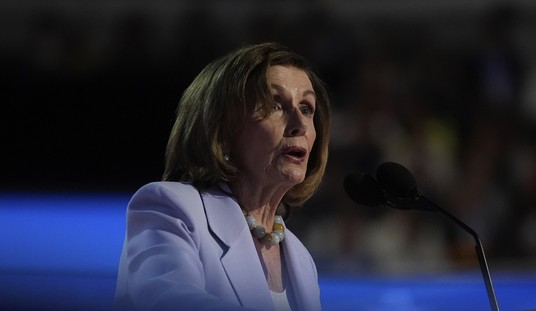As a devoted Amazon customer — they send me hand-written thank you notes, I kid thee not — and a dedicated Friend of Steve (Jobs), I can tell you two things with utmost confidence. First, Amazon cannot and should not try to put the Kindle up against the iPad. It’s a fool’s errand at best, and Amazon’s new Kindle pricing indicates that Jeff Bezos got the memo long before I did. Second, Amazon can and should kill Apple’s iBooks in the crib.
And I know exactly how to do it, too.
I love the iBooks app, and find it generally superior for reading. Apple’s kerning is far less aggressive, and iBooks has more of the gee-whiz usability thingies you expect from an Apple product. But the iBooks Store has a meager selection, and even those few titles are tough to find and unpleasant to browse.
This is where Amazon needs to pounce: On selection and the online shopping experience, where they hold temporary (?) advantages; and on price — which is where Amazon can snuff iBooks out, out, out.
Ladies and gentlemen, may I present… Kindle Prime!
“Amazon Prime” members — I’ve been one since its inception — already know where I’m going with this. The rest of you, listen up.
Pick an attractive price point for above-average book buyers. Let’s say, $120. Give Amazon that much money up front, and Amazon will treat it as a gift card for Kindle Edition books. And as soon as they have your money up front, Amazon will send you, at no extra charge, the latest and greatest 7-inch Kindle (WiFi only).
Let’s think about this.
Amazon already sells its base Kindle for $139, presumably for a modest profit. Factor in the economy of scale for giving them away, and the $120 price point becomes attractive for wavering consumers and for Amazon, too.
You, the consumer, would get the new Kindle for free. And Amazon would get your $120 as the low end of your annual book purchases. The lock-in factor would almost assure Amazon that you’d buy more books for your Kindle (which you could also read on your iPad) and that you’d have fewer reasons to buy much at all at the iBooks Store.
Keep in mind, of course, that Apple can’t compete on price with the iPad. Apple is in the business of selling widgets — any content sales they might make through iTunes, iBooks, or the Apps stores is at most a secondary concern. Apple wants to sell you the widgets.
Amazon is new to this widget business, but they know better than anyone else how to sell content.
So, for Amazon it makes perfect sense to follow King Gillette’s formula, and give away razors to sell razor blades.
And over time, as hardware components fall in price, Amazon can use its marketing muscle to shut out other rivals. At $120, Kindle Prime only makes sense to people who buy ten or more more hardcovers (or twenty or more paperbacks) each year. But as costs come down, Kindle Prime might go for $80, or even less.
The best part? It’s an annual subscription. At the end of the year, keep your old Kindle and do with it as you will. But if you pony up another annual fee, Amazon would, I’m sure, be happy to send you at absolutely no added cost, the very latest and greatest base Kindle model. Give the old one to your kid — who will use it to buy even more Kindle books.
Apple, please keeping making great widgets. But I’m going to keep going to Amazon for the great content — if they can be smart enough to keep winning my business.










Join the conversation as a VIP Member